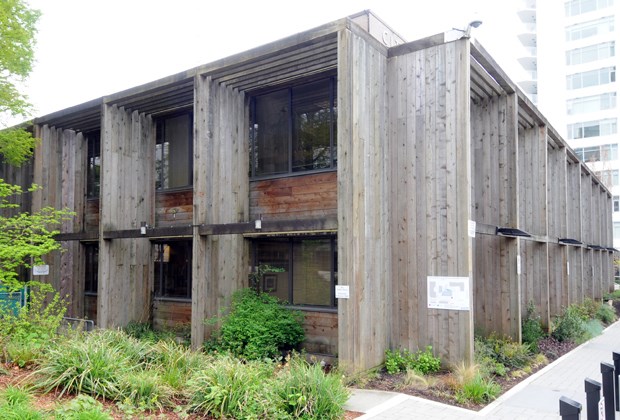The City of North Vancouver may change the rules for calculating how developers may accrue density bonuses for new developments.
Staff have prepared a draft report that recommends following a standardized method for calculating density bonuses, including a formula that would apply in most cases.
It also recommends capping bonuses at a set level for each land use category and establishing market values for density bonuses based on land use and reviewed annually.
City council would be able to take unique circumstances into account up to the density bonus cap, after which further increases would require an amendment to the official community plan.
Gary Penway, director of community development told council Monday that it would still have the option to negotiate alternatives. For example, instead of a cash payment to the civic fund, a public hearing process could be held for a specific amenity.
According to the report, there have been 22 important density bonus projects that have benefited the public since the official community plan was introduced in 1980. However, after the city held a workshop last fall on density bonuses, it found there was a demand for a standardized process that would create greater transparency and certainty for both developers and the public.
The report recommends distinguishing between density bonuses that are below and above the official community plan's base density.
Bonuses up to the base density, which are often awarded for energy efficiency or public art, usually have a nominal effect on market value, making it difficult to charge a community contribution.
However, bonuses past the base density up to the cap would be charged at an approximate market value written into the policy document.
The market rate for residential-level higher density developments is currently about $135 per square foot, said Penway.
"This might seem counter-intuitive to people, but the lower density projects actually can pay more per square foot because their construction costs are lower," Penway said. "So wood frame buildings actually pay $145 per square foot because they can afford to do that."
According to the report, payments would be made to reserve funds, such as the City Amenity Fund or Affordable Housing Fund, at a pre-determined ratio.
Density transfers would not be restricted by bonus caps because they involve a relocation, not a new density.
The new caps will be decided in a separate process, said Penway. However, it would likely be around 25 per cent, which is a common number for density bonusing, he said, noting that a sizeable enough bonus will help the city create real revenues.
"The lower you make that cap, the less you'll realize," he said.
"We'll try to find a number that provides some reasonableness on both sides.
"There's a strategy behind writing the official community plan and trying to realize the community benefits that we want to come with it," he said. "And the density tool is one way to achieve those benefits."
Coun. Rod Clark was concerned about the possibility of increased density. "We have to live with it, so there's a downside to that as well," he said.
In response to Coun. Pam Bookham's concern that all new construction should meet environmental standards and density bonuses should not be awarded for it, Penway pointed out that building codes are the responsibility of the province, not the municipality.
Penway said the primary purpose of the report was to determine whether council was interested in the bonus density caps. The next step will be for staff to come up with limits in a draft landuse plan, which council will review for possible changes.



